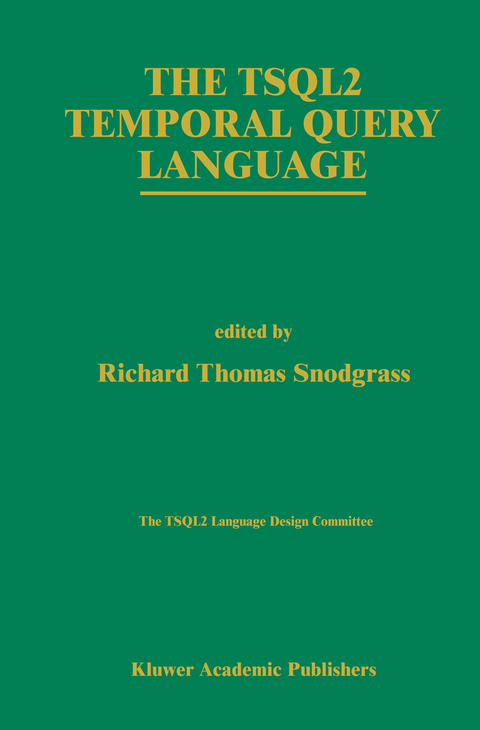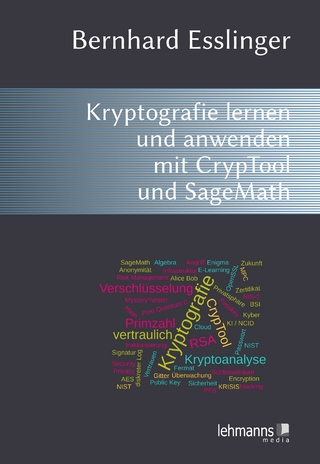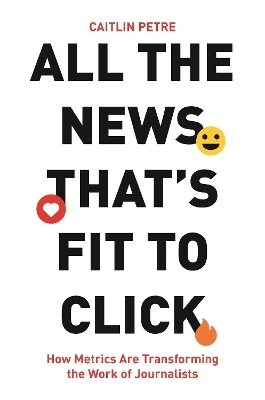
The TSQL2 Temporal Query Language
Springer-Verlag New York Inc.
978-1-4613-5966-1 (ISBN)
I Overview.- 1 Rationale for a Temporal Extension to SQL.- 2 Introduction to TSQL2.- 3 TSQL2 Tutorial.- 4 A Second Example.- II Language Design.- 5 The Baseline Clock.- 6 The Data Model for Time.- 7 Supporting Multiple Calendars.- 8 Temporal Data Types.- 9 The Surrogate Data Type.- 10 The TSQL2 Data Model.- 11 Schema Specification.- 12 The From Clause.- 13 Valid-Time Selection and Projection.- 14 Modification.- 15 Cursors.- 16 Event Tables.- 17 Transaction Time Support.- 18 Temporal Indeterminacy.- 19 Temporal Granularity.- 20 “Now”.- 21 Aggregates.- 22 Schema Versioning.- 23 Vacuuming.- III Implementation Issues.- 24 An Architectural Framework.- 25 A Timestamp Representation.- 26 SQL-92 Compatibility Issues.- 27 An Algebra for TSQL2.- IV Language Specification.- 28 Language Syntax.- 29 Section 5 Lexical Elements.- 30 Section 6 Scalar Expressions.- 31 Section 7 Query Expressions.- 32 Section 8 Predicates.- 33 Section 10 Additional Common Elements.- 34 Section 11 Schema Definition and Manipulation.- 35 Section 12 Module.- 36 Section 13 Data Manipulation.- 37 Section 21 Information Schema and Definition Schema.- 38 Section 22 Status Codes.- References.- Author Index.- Syntax Index.
| Reihe/Serie | The Springer International Series in Engineering and Computer Science ; 330 |
|---|---|
| Zusatzinfo | XXVI, 674 p. |
| Verlagsort | New York, NY |
| Sprache | englisch |
| Maße | 155 x 235 mm |
| Themenwelt | Mathematik / Informatik ► Informatik ► Datenbanken |
| Informatik ► Theorie / Studium ► Algorithmen | |
| Informatik ► Theorie / Studium ► Kryptologie | |
| ISBN-10 | 1-4613-5966-X / 146135966X |
| ISBN-13 | 978-1-4613-5966-1 / 9781461359661 |
| Zustand | Neuware |
| Informationen gemäß Produktsicherheitsverordnung (GPSR) | |
| Haben Sie eine Frage zum Produkt? |
aus dem Bereich


